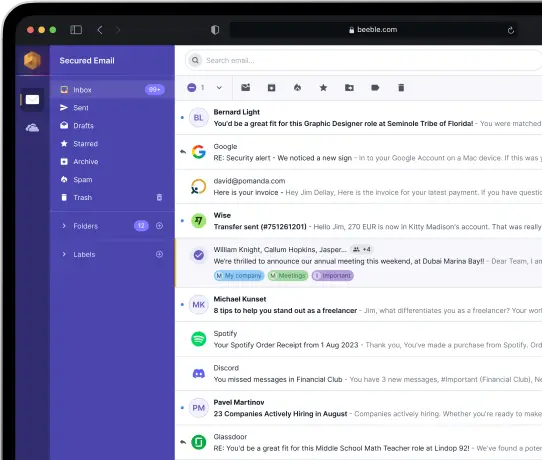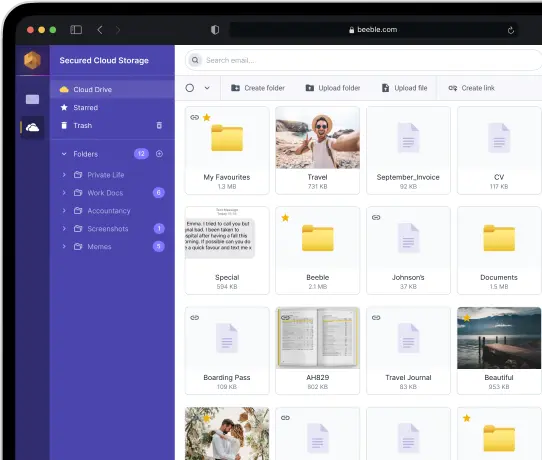Bank fires employees over fake keyboard activity

“We do not tolerate unethical behavior”
Wells Fargo has conducted a rash of sackings in recent weeks after claims some of its employees were faking keyboard activity to fool the firm into thinking they were working, reports BBC.
America’s third largest bank disclosed the decisions in broker filings with the Financial Industry Regulatory Authority (Finra). The firm did not respond to questions about how the alleged issue was discovered, or whether it was related to remote work.
New rules came into effect in the US this month that mean offices that brokers are using to work from home need to be inspected every three years. “Wells Fargo holds employees to the highest standards and does not tolerate unethical behaviour,” spokeswoman Laurie Kight said in a statement.
How to fool the boss
Some large companies have been using increasingly sophisticated tools to monitor employees since remote work expanded during the Covid pandemic.
Such services can track keystrokes and eye movements, take screenshots and log which websites are visited. But tech has also evolved to evade the surveillance, including so-called “mouse jigglers”, aimed at making computers appear to be in active use, which are widely available.
According to Amazon, where they can be found for less than $10, thousands have been sold in the last month. In the filings, Wells Fargo said staff had resigned or been fired “after review of allegations involving simulation of keyboard activity creating impression of active work”.
Remote work is to blame
Bloomberg, which first reported the firings, said more than a dozen people had been affected. The BBC has confirmed six instances in which staff had been discharged after review, and one case in which a person resigned voluntarily after being confronted with the claims. Many of them had worked for the firm for less than five years.
It comes as many firms, especially in the financial industry, are pushing staff to return to the office. Remote work remains popular since the pandemic, but numbers have been drifting lower.
In the US, just under 27% of paid days last month were work-from-home days, compared with more than 60% at the height in 2020, according to research by professors at the Instituto Tecnológico Autónomo de México (ITAM) Business School, Stanford and University of Chicago.
As of this spring, about 13% of full-time employees in the US were fully remote, and another 26% enjoyed a hybrid arrangement, according to the researchers. In 2022, Wells Fargo said it had adopted a hybrid flexible model for most of its employees.


